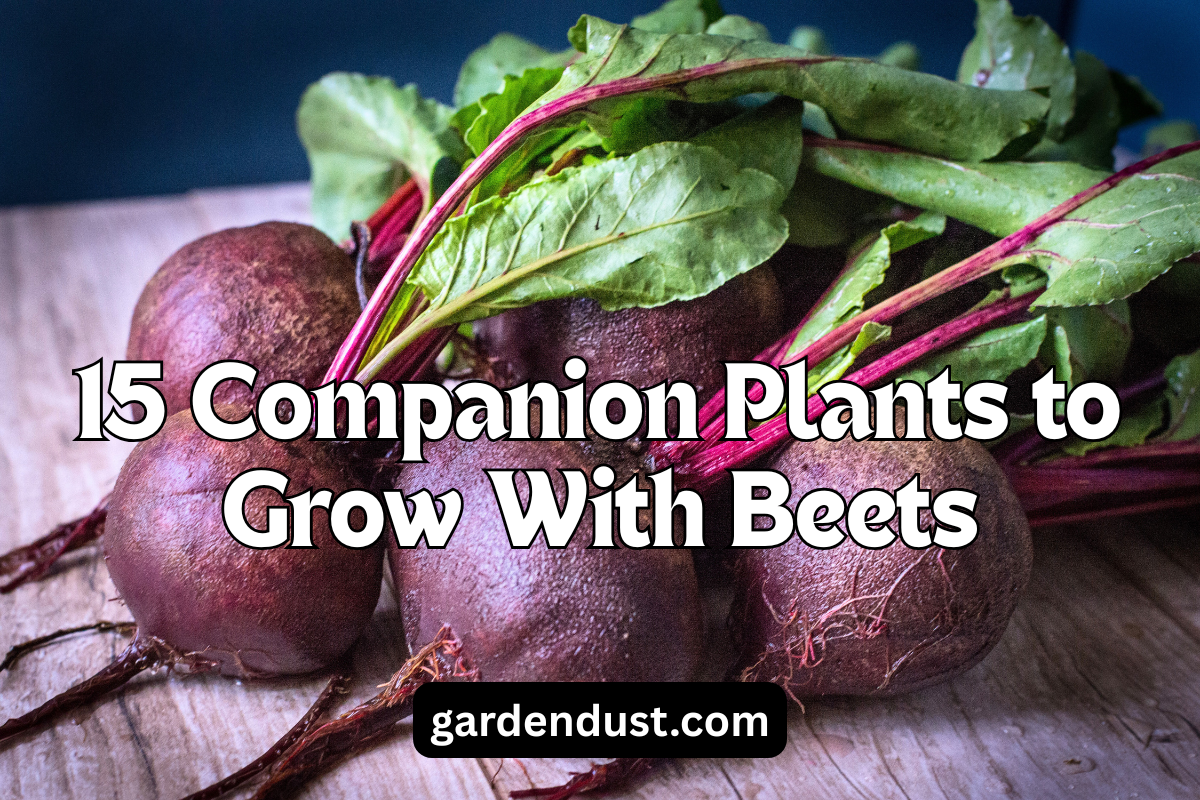Hydroponic gardening, also known as soilless gardening, is a modern technique of growing plants without soil. In hydroponic gardening, plants are grown in a nutrient-rich solution, which provides them with all the necessary nutrients to grow and thrive. This method of gardening has become increasingly popular in recent years, as it offers many benefits over traditional soil-based gardening. In this article, we will discuss some tips and techniques for growing plants using hydroponic gardening.
1.Choose the Right System
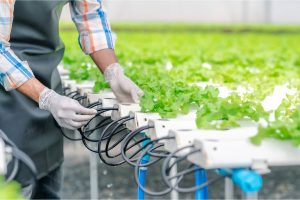
There are various types of hydroponic systems available, each with its unique features and benefits. Before you start hydroponic gardening, it is important to choose the right system that suits your needs and preferences. Some popular hydroponic systems include:
- Deep Water Culture (DWC) System: In this system, plants are suspended in a nutrient-rich solution with their roots submerged in water.
- Drip System: This system involves dripping nutrient solution onto the plant’s roots.
- Ebb and Flow System: This system involves flooding the plant’s roots with nutrient solution and then draining it away.
- Nutrient Film Technique (NFT) System: In this system, a thin film of nutrient solution is continuously circulated over the plant’s roots.
- Aeroponic System: This system involves spraying the plant’s roots with a nutrient-rich mist.
Each system has its unique advantages and disadvantages, so choose the one that suits your needs and budget.
2.Choose the Right Lighting
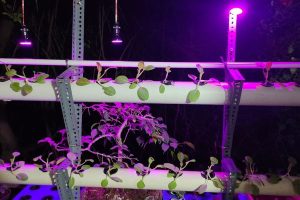
Plants require light to grow, and hydroponic gardening is no exception. In hydroponic gardening, artificial lighting is used to provide plants with the light they need. When choosing lighting for your hydroponic garden, consider the following factors:
- Intensity: The intensity of light should be appropriate for the type of plants you are growing. For example, leafy greens require less light than fruiting plants.
- Spectrum: Different types of plants require different spectrums of light. For example, blue light is good for vegetative growth, while red light is good for flowering and fruiting.
- Duration: Plants require a certain amount of light each day. Generally, plants require 14-18 hours of light per day.
LED grow lights are a popular choice for hydroponic gardening, as they are energy-efficient and provide the full spectrum of light that plants require.
3.Provide Proper Ventilation

Proper ventilation is essential for a successful hydroponic garden. Plants require carbon dioxide (CO2) to grow, and proper ventilation ensures that they receive an adequate supply of CO2. Additionally, proper ventilation helps to control humidity and prevent the buildup of harmful gases.
4.Monitor Nutrient Levels

In hydroponic gardening, plants rely on a nutrient-rich solution for their growth and development. It is essential to monitor the nutrient levels regularly to ensure that plants are receiving the correct balance of nutrients. Some important nutrients required by plants include nitrogen, phosphorus, potassium, calcium, and magnesium. Keep a record of the nutrient levels and adjust the solution as necessary.
5.Maintain pH Levels

The pH level of the nutrient solution is also crucial for the success of a hydroponic garden. The pH level should be between 5.5 and 6.5 for most plants. If the pH level is too high or too low, plants may not be able to absorb the nutrients they need. Test the pH level regularly and adjust it as necessary using pH up or pH down solutions.
6.Keep the System Clean
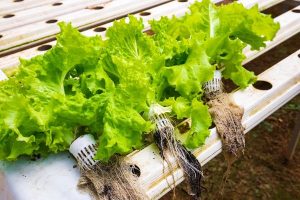
Maintaining a clean hydroponic system is essential for preventing the buildup of harmful bacteria and pathogens. Regularly clean the system and sterilize any equipment that comes into contact with the nutrient solution.
7.Start with Easy-to-Grow Plants
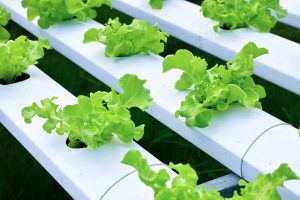
If you are new to hydroponic gardening, it is recommended to start with easy-to-grow plants. Some popular choices for beginners include lettuce, spinach, basil, and herbs. These plants require minimal maintenance and are ideal for getting started with hydroponic gardening.
8.Consider Temperature and Humidity
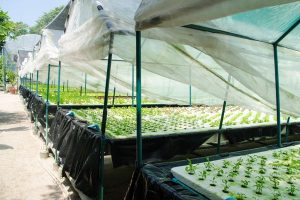
Plants require a specific temperature and humidity range to grow and thrive. The ideal temperature for most plants is between 65-75°F (18-24°C), while the ideal humidity level is between 50-70%. Consider these factors when setting up your hydroponic garden, and make adjustments as necessary to maintain the optimal growing conditions.
9.Use High-Quality Seeds and Cuttings

The quality of seeds or cuttings used in hydroponic gardening can impact the success of the garden. It is essential to use high-quality seeds or cuttings to ensure that plants grow and develop properly. Choose reputable suppliers and ensure that seeds or cuttings are free from disease and pests.
10.Practice Patience

Hydroponic gardening requires patience and perseverance. Plants may take longer to grow and mature compared to traditional soil-based gardening. It is essential to be patient and monitor the progress of plants regularly. With time and practice, you will become more familiar with hydroponic gardening and develop a green thumb.
Hydroponic gardening offers many benefits over traditional soil-based gardening, including faster growth rates, higher yields, and the ability to grow plants in smaller spaces. However, it requires some effort and knowledge to set up and maintain a successful hydroponic garden. By choosing the right system, providing appropriate lighting and ventilation, monitoring nutrient and pH levels, and practicing proper hygiene, you can grow healthy and thriving plants using hydroponic gardening. Remember to start with easy-to-grow plants, use high-quality seeds or cuttings, and be patient in your efforts. With these tips and techniques, you can enjoy the benefits of hydroponic gardening and grow a variety of plants without soil. Happy Gardening……





